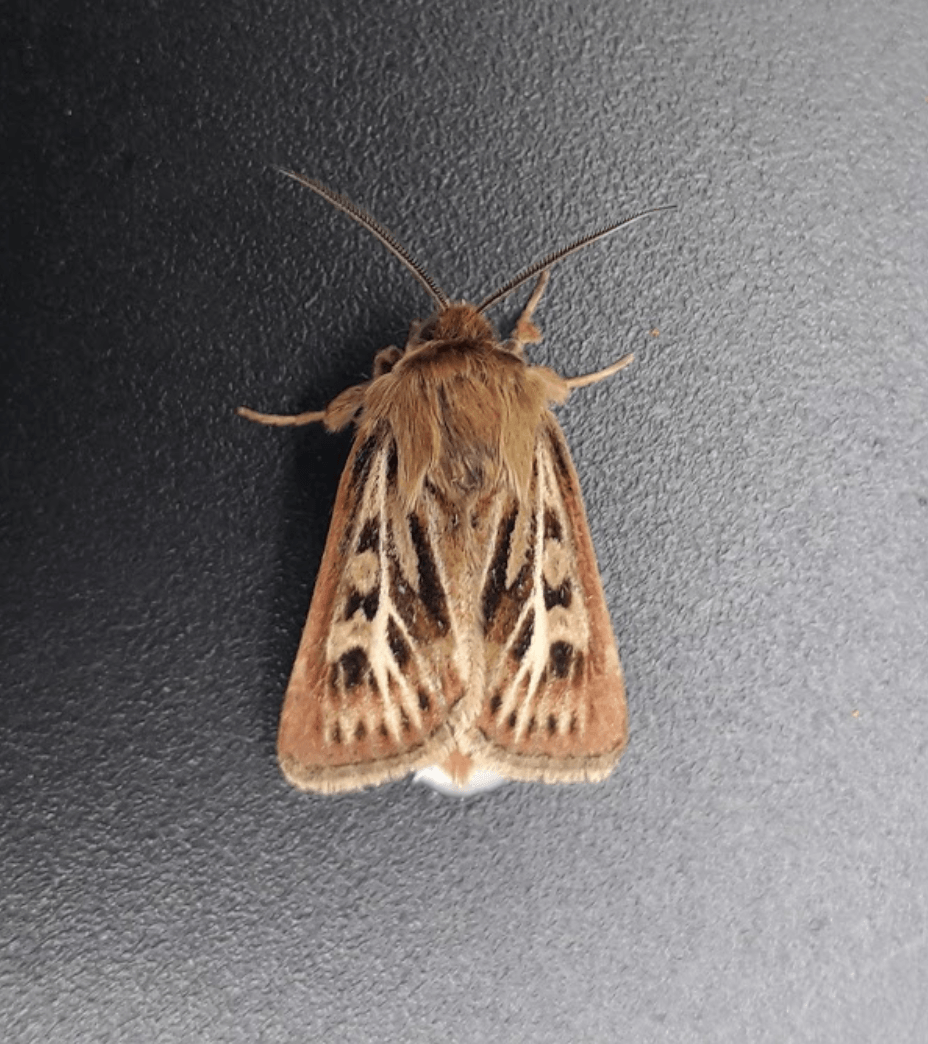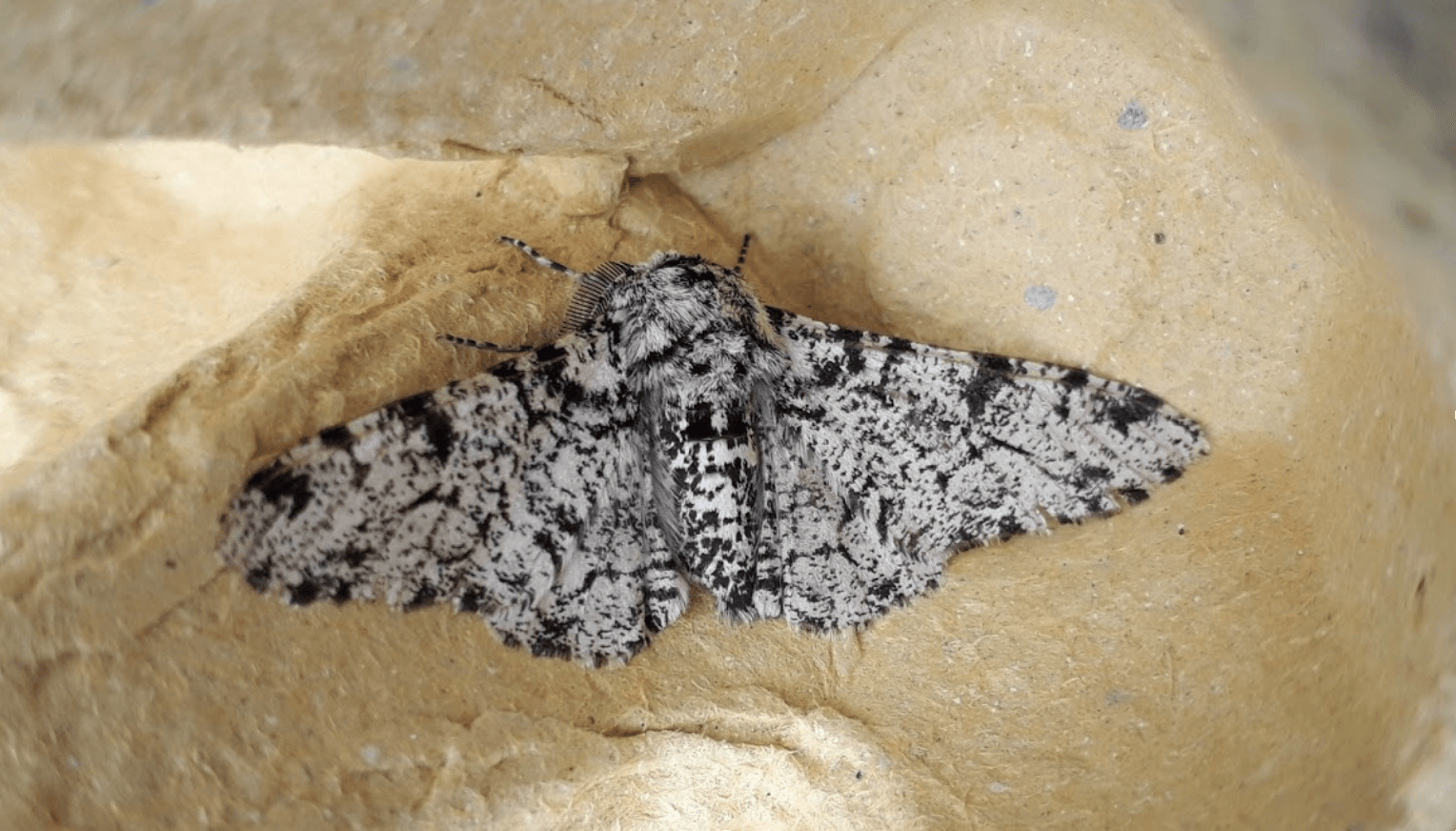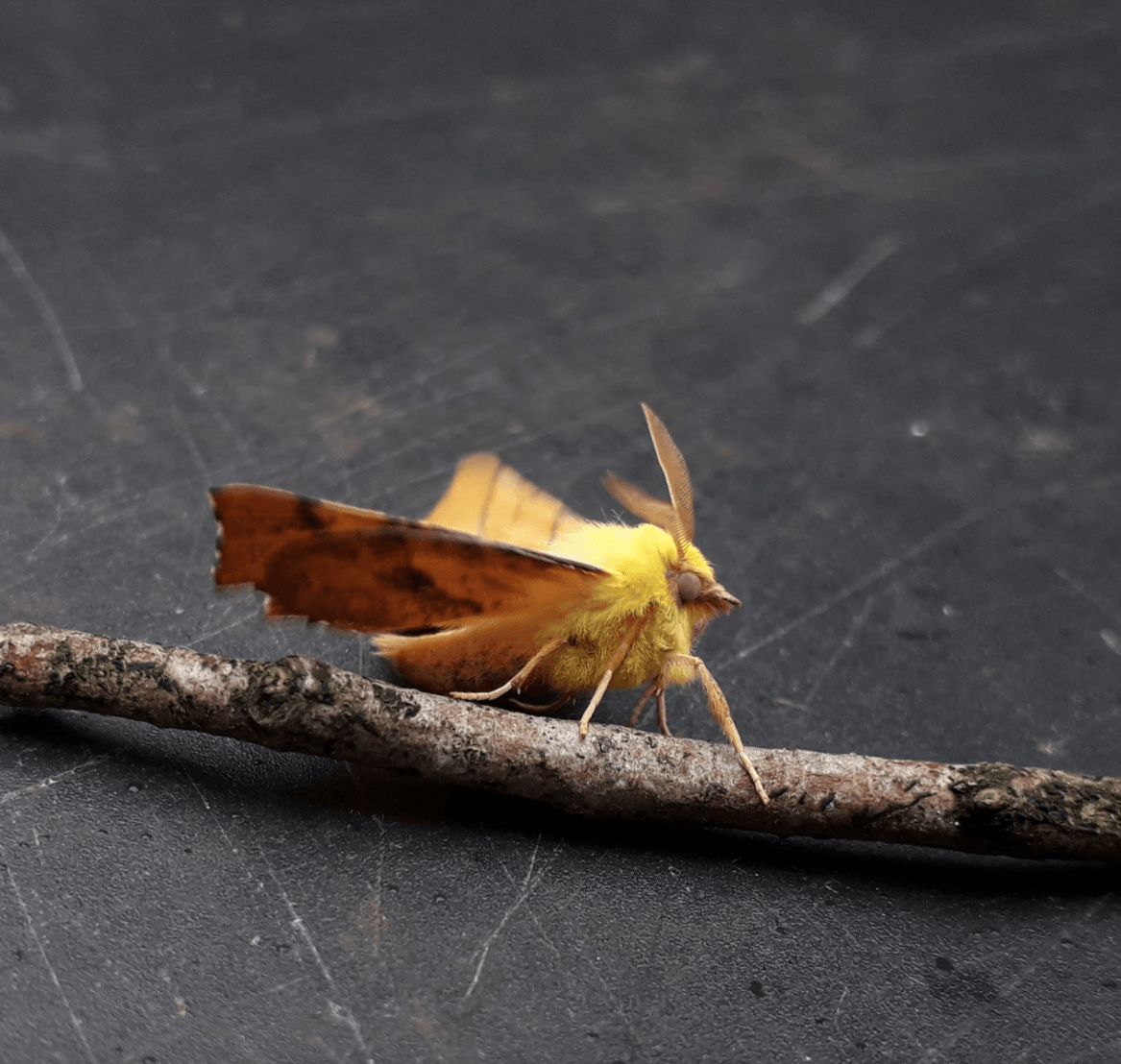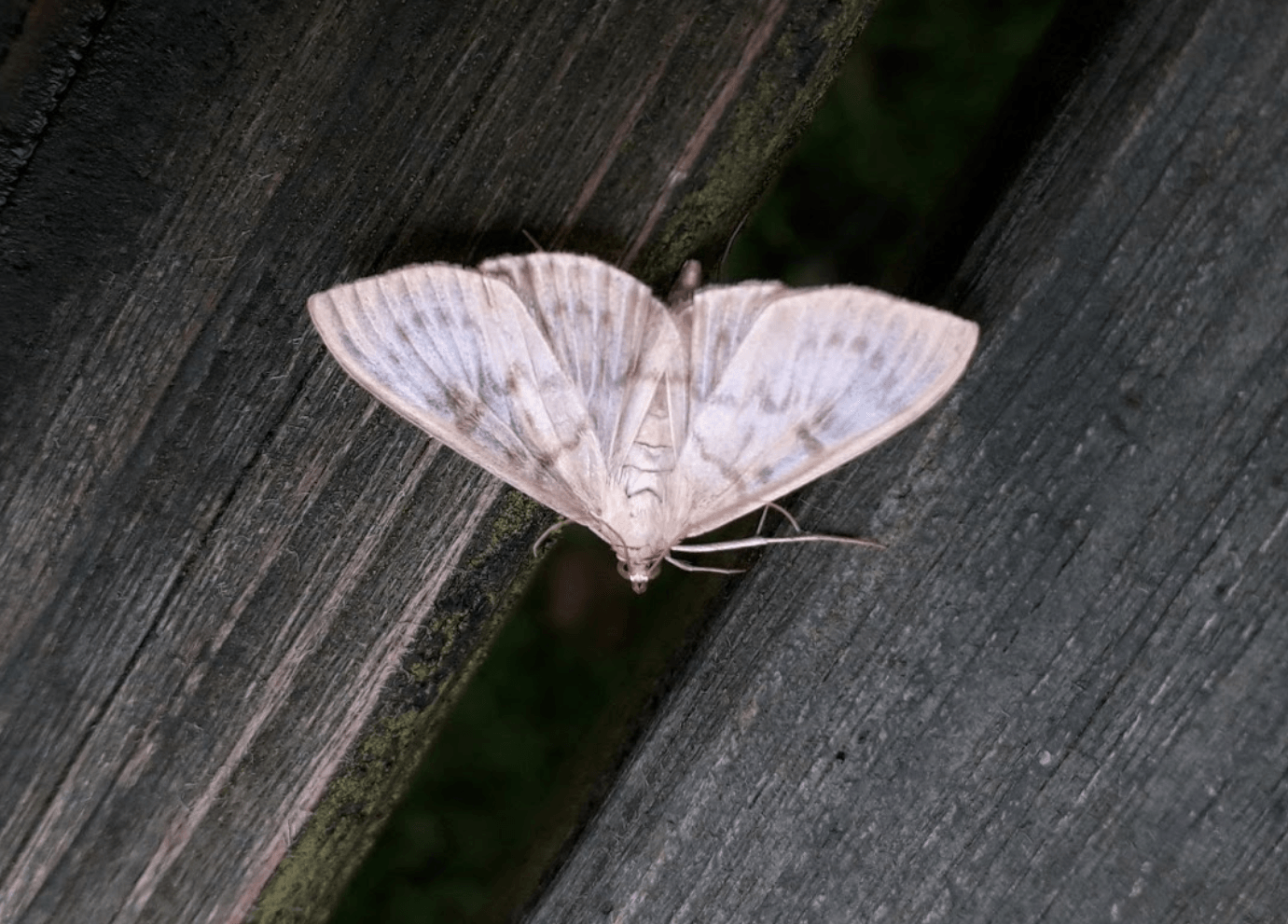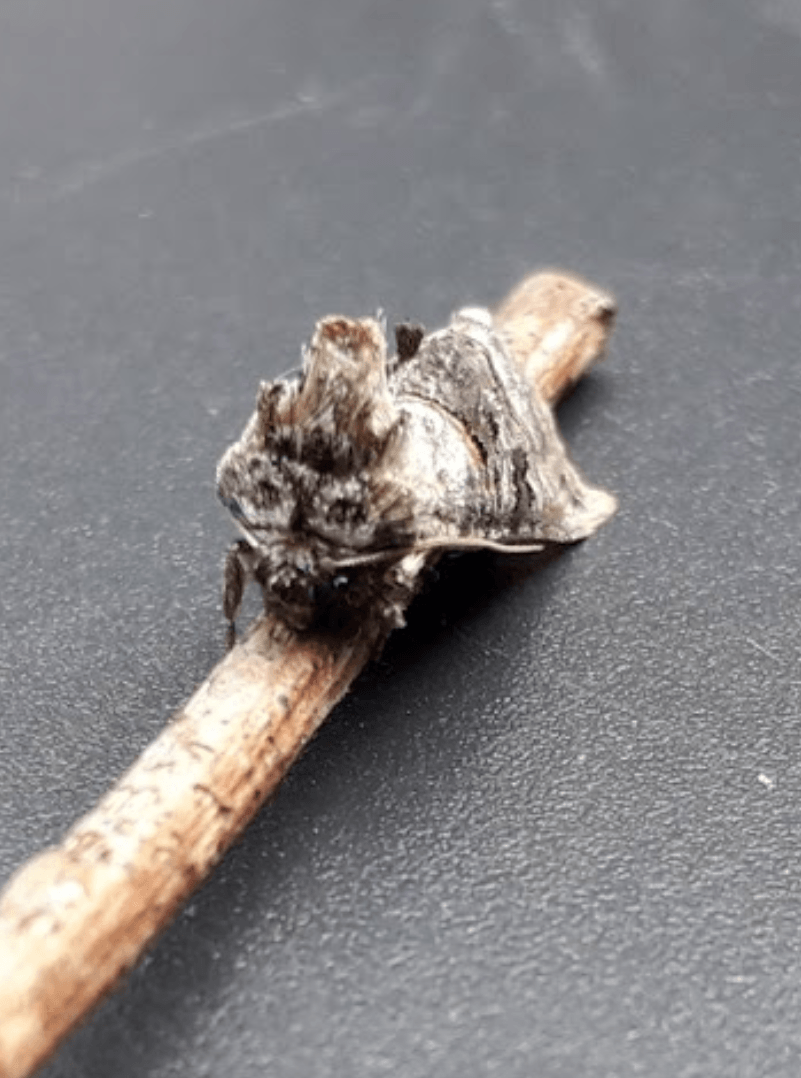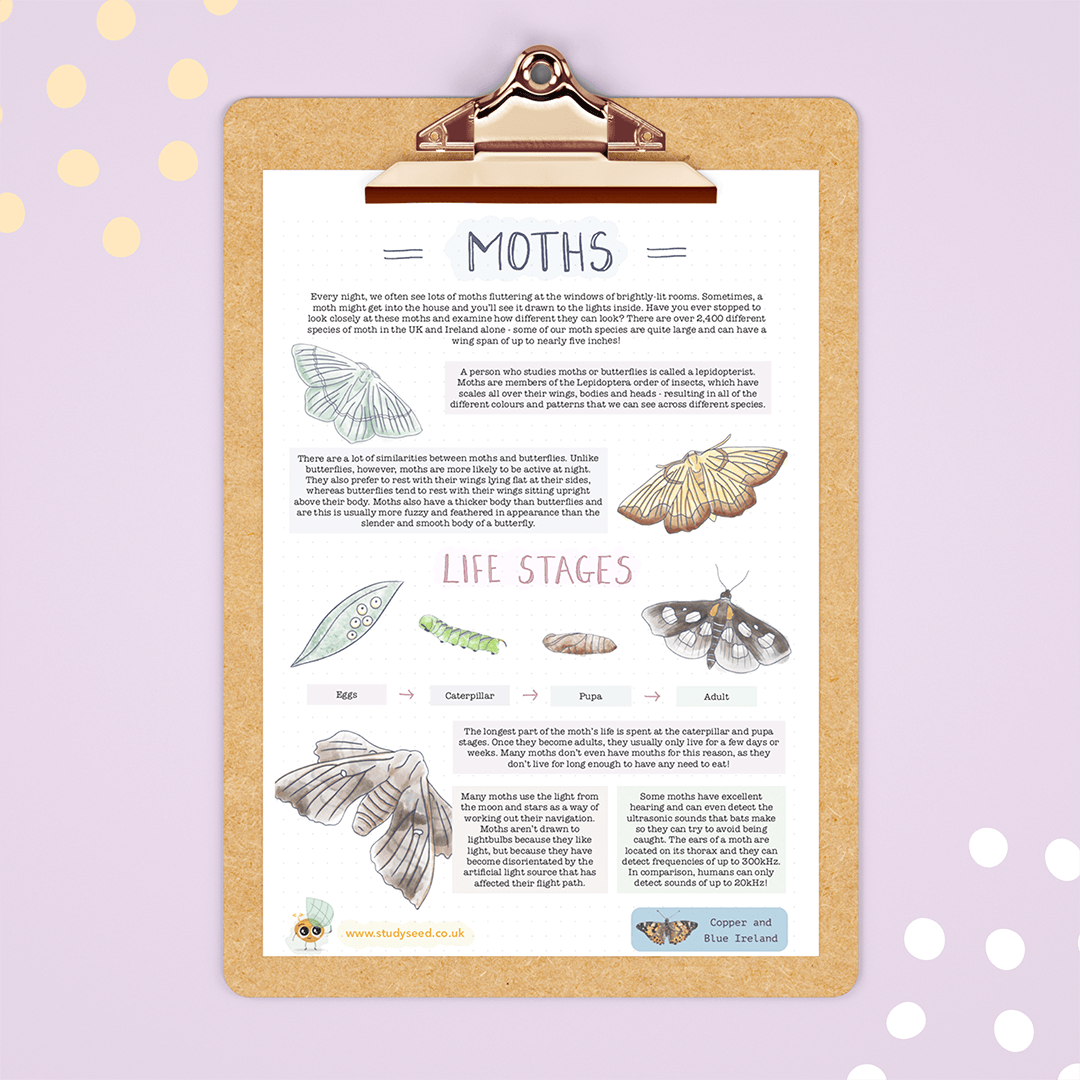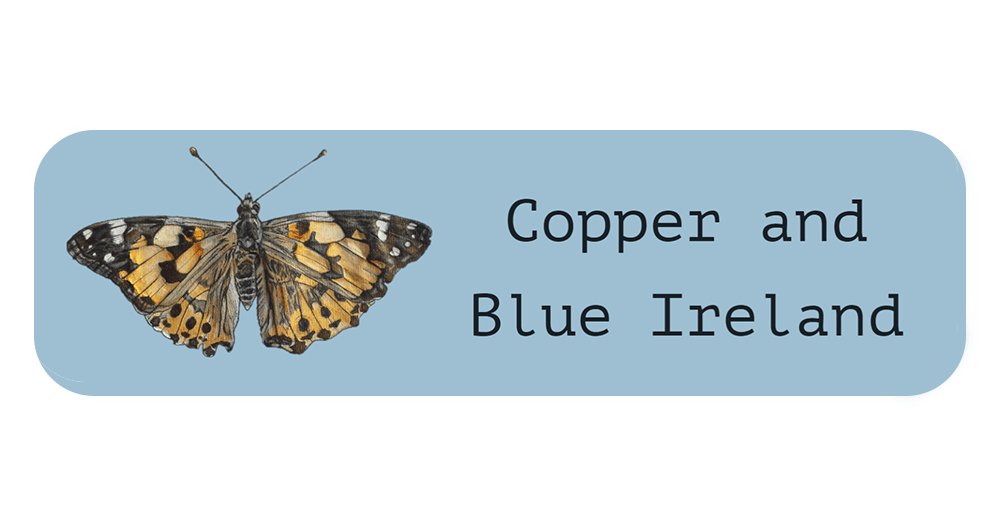Research Project 5 - Moths and Moth Trapping
Take part in this free research project for KS2 - KS3 students!
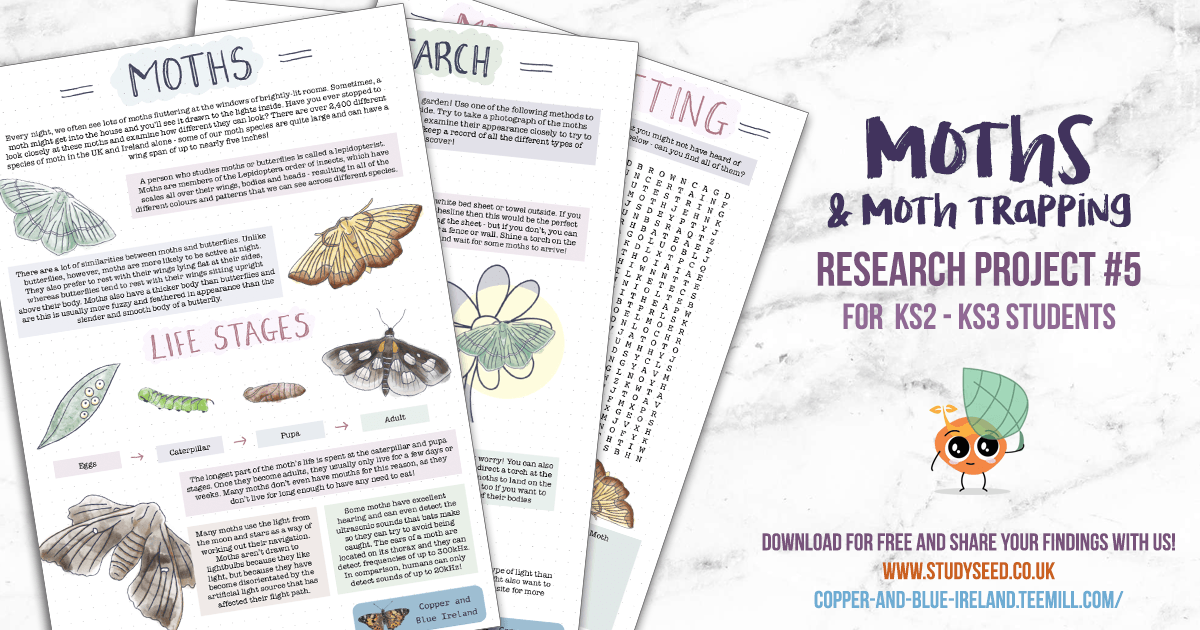
For our latest research project, we’ve teamed up with Copper and Blue Ireland who are passionate about moth and butterfly conservation in the UK and Ireland. They have put together a fantastic presentation on moth trapping for beginners and have also shared photographs of some moths that they have discovered on their journey to catalogue the different species of moth that they have found so far.
Our moth worksheet set includes some interesting facts about moths, a word search that highlights some very unique moth names and some ways that children can attract moths at night so that they can have a closer look at them. A PDF copy of the moth worksheet is available at the end of this article for you to download and print. For now, we’re going to hand you over to Dakota from Copper and Blue Ireland!
Watch Dakota's introduction to moth trapping here:
My name is Dakota and I am a student at Queen’s University and I also run a small business, Copper and Blue Ireland, selling sustainable fashion. I absolutely love lepidoptera! Whilst my business is based on my love of butterflies, I am also really fascinated by moths. I have been using a moth trap this summer to safely catch the moths in my garden to see what species live in my area and by the start of September I had recorded 83 different species!!
Moths come in so many shapes, sizes and colours and you might be surprised by the diversity that live in your garden. They are also a very important part of our ecosystem. Moths, like butterflies and bees, are pollinators, meaning that they transfer pollen between plants which allows seeds to develop and new plants to grow. They are also an important food source for many other species including bats but also birds that may disturb moths during the day or eat their caterpillars.
If you want to discover the amazing world of moths that exists at night-time, try some of the activities below on a mild night and tag us on social media when you’re sharing what you’ve seen! You might also like to try looking for moths in different seasons to see what species live in your garden at different times of the year!
Some moth species that Dakota has found:
Narrow Bordered 5 Spot Burnet (left) is a beautiful day-flying moth that can be found on flowers during the summer. The Antler moth (middle) and Gold-Spot (right) can both be seen during the day or night. The Antler moth has a distinctive pattern on its wings that look like a deer’s antlers!
The Poplar Hawk-Moth (left) is one of our biggest moths! It’s a real gentle giant and doesn’t have working mouthparts so it lives off its fat reserves from its caterpillar days. The Peppered Moth (right) can also come in a darker form which evolved to blend in with the soot in cities!
The Early Thorn (left) and Canary-Shouldered Thorn (right) are both part of the Thorn family which often hold their wings upright like a butterfly. The Canary-Shouldered Thorn is a beautiful, brightly coloured moth which can be found in the autumn time.
The Brimstone (left) is a common and very recognisable moth, look out for a flash of yellow as it flies by! The Mother Of Pearl (middle) has a beautiful sheen to it, giving it its name and is also common in gardens. The Barred Yellow (right) is a nice and colourful summer time moth.
The Scalloped Oak (left) is a common species in my garden, but the Scallop Shell (middle) is a less frequent visitor. The Scallop Shell’s pattern is very distinctive so you’re unlikely to confuse it with any other species! The Light Emerald (right) is a stunning green species from the Emerald family. We have several Emeralds in Northern Ireland but this is the only species from that family that I’ve had in my garden so far!
The Angle Shades (left) is an unusually shaped moth, with its wings looking like a withered autumn leaf. I had my first Angle Shades in the garden this month! It’s clear where the Spectacle (middle) gets its name - as you can see from my photo, its markings make it look like it’s wearing big glasses or goggles! Finally, the Copper Underwing (right) is a beautiful big autumnal moth, another one that you might spot in the changing seasons!
Moth Research Project - Download the PDF
We would love to see any moths that you discover in the garden! Tag us on Instagram, Twitter or Facebook in your photographs or send them through to us directly and we’ll share them on our social media. Copper and Blue Ireland have lots of great information and pictures of moths and butterflies on their social media accounts so be sure to follow them to stay updated with their latest discoveries!
Share this Article:
Join our Facebook community:





